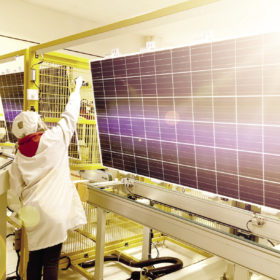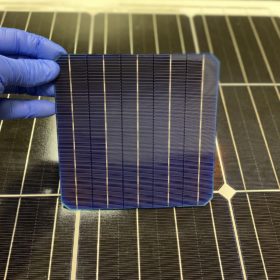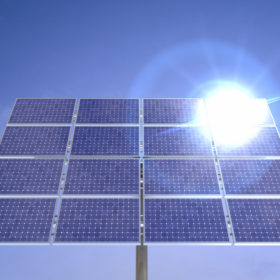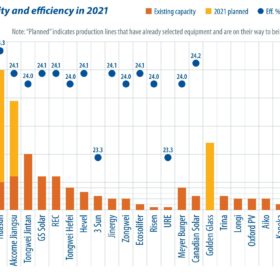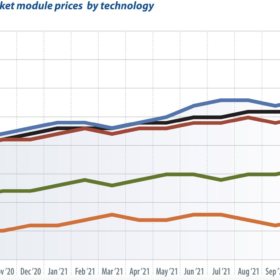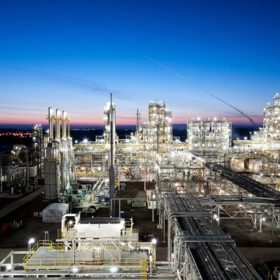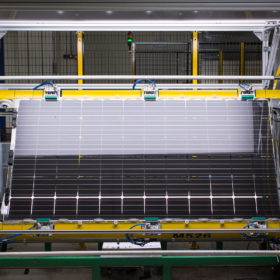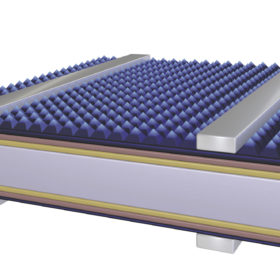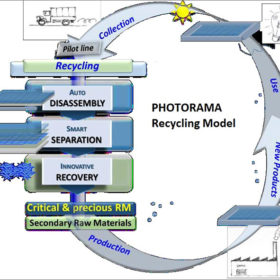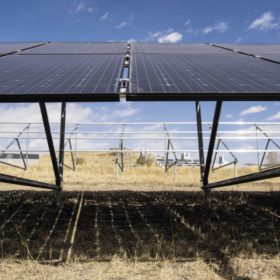Canadian Solar prepares to rein in production capacity expansion plans
While the Sino-Canadian business expects high polysilicon and shipping costs to be a temporary problem, CEO Shawn Qu has acknowledged the company will have overcapacity in cell and wafer production lines by the end of the year.
Novel solar cell architecture to reduce silver costs, improve voltage
Developed by a U.S.-based start-up, the new manufacturing process is claimed to reduce silver consumption and improve solar module performance by up to 3 W. It consists of connecting sub-cells in series within a single cell in order to increase the device voltage and without requiring cells to be physically broken and rewired.
A hybrid wind-solar-biogas sytem design including battery and thermal storage from PV modules’ excess heat
Tested in an off-grid location in India, the proposed approach includes the use of thermal storage from PV modules’ excess heat for space and water heating. The optimum configuration for the system was given by the combination of a 224 kW PV system equipped with a phase change material, a 206 kW wind turbine, a 420 kW biogas generator, a 633 Ah battery, and a 170 kW converter.
Looking past PERC solar cells
While the adoption of large-format wafers has driven a wave of capacity expansion for PERC, existing manufacturers and new entrants continue to evaluate TOPCon and HJT. An increasing number of HJT pilot lines and gigawatt-scale capacity expansion projects are appearing, as manufacturers see the advantages of fewer process steps, higher efficiency ratings, and better yield rates. The localization of equipment is also a driving factor. PV InfoLink’s Derek Zhao offers an update on the latest developments and process routes for HJT.
PV module price index: Prices set to rocket back to 2019 levels
First, the bad news: PV modules will be caught up in the global wave of inflation. After a very brief respite, prices are picking up again for almost all module technologies. But the changes recorded for early October are paltry compared to the price increases still to come, writes Martin Schachinger of pvXchange. As of the cutoff date for this market survey, some manufacturers had already announced even more significant upward corrections for future deliveries. The price adjustments shown in the October index are thus only a tentative start to rises of no less than 15-20% over the price levels that prevailed just a few weeks ago. However, this will probably be the last price correction we can expect at the manufacturer level until the end of the year.
Hanwha Solutions buys 16.67% stake in REC Silicon
The investment made by the South Korean group should help REC Silicon restart polysilicon production at its US factory in Moses Lake in 2023.
Enel secures EU funds to scale up Italian heterojunction PV module factory to 3 GW
An unspecified sum is being provided by the European Union to help Enel become a large-scale PV panel manufacturer. The Italian company secured the funds through the Innovation Fund
New optimizations for a 24.5% efficient heterojunction solar cell
Scientists in Germany analyzed the main sources of performance loss in a silicon heterojunction cell, and developed several optimization strategies to improve overall performance. By adding a second layer of amorphous silicon at the rear of the device, and a magnesium fluoride anti-reflective layer, they were able to boost cell efficiency by around 1% to reach 24.51%.
European consortium develops pilot line for complete PV module recycling
A European consortium consisting of Italian energy agency Enea and the French Alternative Energies and Atomic Energy Commission, among other entities, has developed a plan to build a low-emissions pilot line to recover critical and precious metals such as silicon, indium, gallium and silver. The line will be designed to reintroduce new materials and new products into the production cycle.
US court throws out Trump trade action on bifacial modules
A U.S. court decision has reduced the Section 201 tariff rate from 18% to 15%, following a rate increase as part of Trump’s Proclamation 10101 in October 2020.
